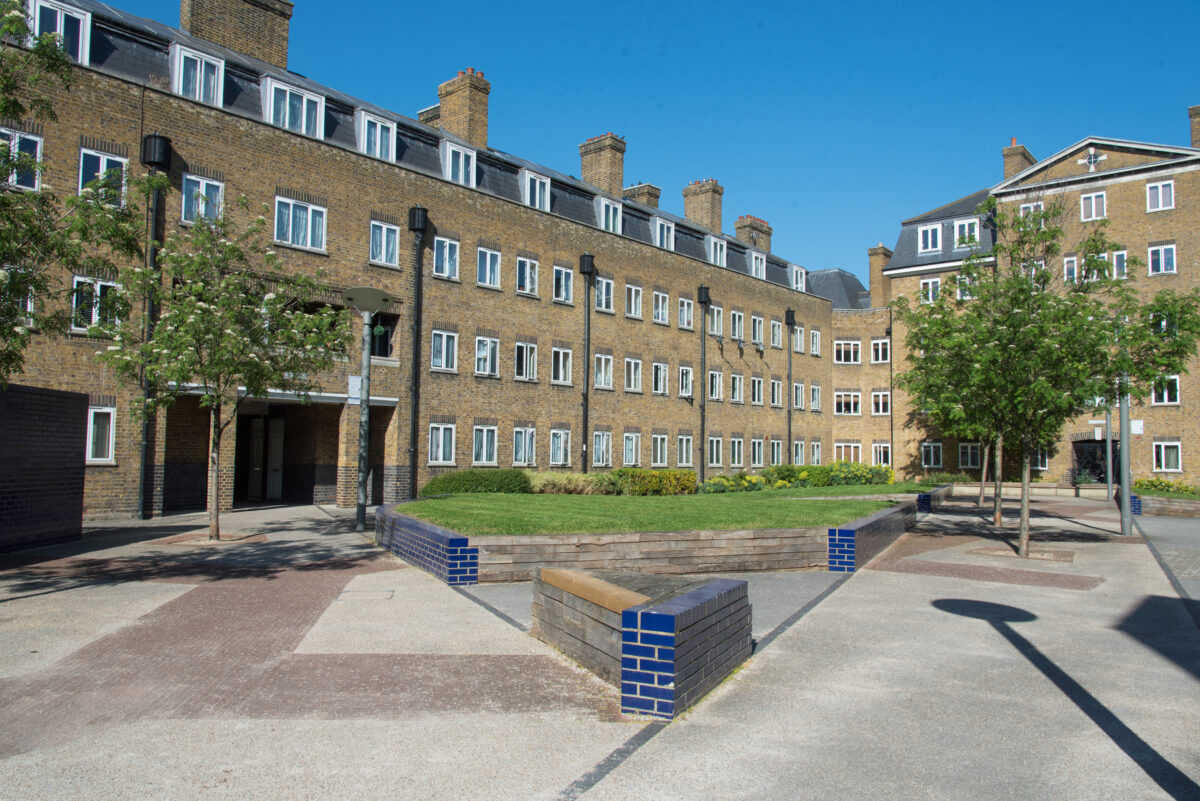Last week we published Dave Treanor’s excellent evidence to the Affordable Housing Commission, focusing on the issues of taxation, housing subsidies, land, and construction, and making a number of comparisons with the experience in Germany.
Today we’re highlighting the evidence submitted by SHOUT, the campaign for social housing @4socialhousing . As it is a long read, the full evidence has been published on Medium and can be found here.
SHOUT’s evidence starts by examining the definitions of ‘affordable’ and ‘social’ housing which have become increasingly bizarre over the past ten years as the government has sought to hide its dreadful performance in delivering homes for people on low incomes. It concludes that traditional social rent is the only housing product which reliably provides genuinely affordable homes to people on the lowest (in and out of work) incomes across the whole country.
Social rent is an exceptionally robust model of housing provision, and remarkable in the degree of self-financing it involves. It meets four key objectives:
- First, tenants pay a rent that is genuinely affordable (on all definitions).
- Second, rents broadly cover the costs of providing homes over the long term.
- Third, rents at these levels minimise the requirement for housing benefit, making it easier for people to make work pay.
- And fourth, long term very substantial savings in benefits fund the initial subsidy required to get the homes built in the first place.
The evidence takes an overview of the central issue of rent. Based on research by Capital Economics, it concludes that the current policy of rent reductions is unsustainable, that the single national policy for rent should be replaced by regional assessments, that the future policy of rent increases is only sustainable if there are corresponding increases in benefits, and that investment has become far too dependent on rent surpluses, there must be a resumption in grant for social housing if we want to build much more.
The core of SHOUT’s case remains the economic assessment undertaken by Capital Economics which showed that a programme of 100,000 extra social rent homes a year is not only feasible but would be an econnomically sound long-term choice for the country to make. It is also probably the only policy that woul make it possible for the government to achieve its stated goal of building 300,000 new homes a year by the mid-2020s.
Capital Economics’ main findings included:
- in almost all parts of the country, the cost to the welfare system of supporting low income households in private rented housing (and, to a very considerable extent, in homes at Affordable Rent) is greater than supporting equivalent households in homes at social rent;
- the decline in the stock of social rent homes, and rising private rents, means that the cost to the welfare system arising from the housing costs of low income households has increased very fast in recent years: it has nearly doubled in real terms in the last 10 years, and now accounts for over 37 per cent of housing benefit spend;
- if this trend were to continue, expenditure on housing benefit would increase, by the end of the OBR’s long-term forecast period in 2065-66, to £197.3bn in nominal terms, or nearly £62bn a year at today’s prices, with the private sector component more than quadrupling, to £38bn at today’s prices;
- set against the significant risk to fiscal sustainability of carrying on with current policy, a policy of resuming the development of homes for genuinely affordable rent at scale “is fiscally sustainable and economically efficient.” It would bring about “a sustained structural improvement to public sector finances – by reducing spending on welfare payments and stimulating higher tax receipts.” Other things being equal, public borrowing would be 0.5 per cent of GDP lower by 2065-66, and the stock of public debt 5.2 per cent of GDP lower;
- if the increased investment in new homes were scored as public expenditure, the proposed policy would initially, of course, lead to an increase in public spending and borrowing, as the up-front investment in new housing would be greater than the welfare savings achieved early in the policy. However, the report (written in 2015) notes that the impact would be very modest (peaking at 0.13% of GDP in 2020-21).
- opinion in the markets would be very sympathetic to investment in tradeable and income-generating assets which would help address the longstanding economic risks caused by inadequate volumes of housing development, and there are ways the Government could support investment without it scoring in the public spending totals (to which we return below);
- the estimates of benefits and costs in the core analysis is very cautious, limited to the direct cost of building new homes, welfare savings and increased tax receipts from higher construction activity. However, there would be significant additional socio-economic benefits in terms of health, wellbeing and education.
- In a subsequent report, Capital Economics concluded that the analysis remained robust whatever the outcome of Brexit fiasco.
The evidence also makes the case strongly for a policy of protecting the existing stock of social rented housing and ending the practice of running it down through right to buy, ‘conversions’ to so-called affordable rent, ill-considered estate regeneration and unjustified market sales to generate finance for new build.
Finally, the evidence calls for a range of new policies, including:
- to resume security of tenure with a clear framework of rights and responsibilities
- to strengthen consumer regulation
- to further devolve housing responsibilities, and
- to greatly strength the voice of tenants in relation to both policy and management.

2 replies on “SHOUT’s evidence to the Affordable Housing Commission”
[…] report calling for a similar level of social rented output came from Capital Economics, written for SHOUT and the National Federation of ALMOs. They argued that building 100,000 social rented homes a year would be justifiable in terms of […]
[…] on Red Brick Blog he ever excellent Steve Hilditch pointed […]